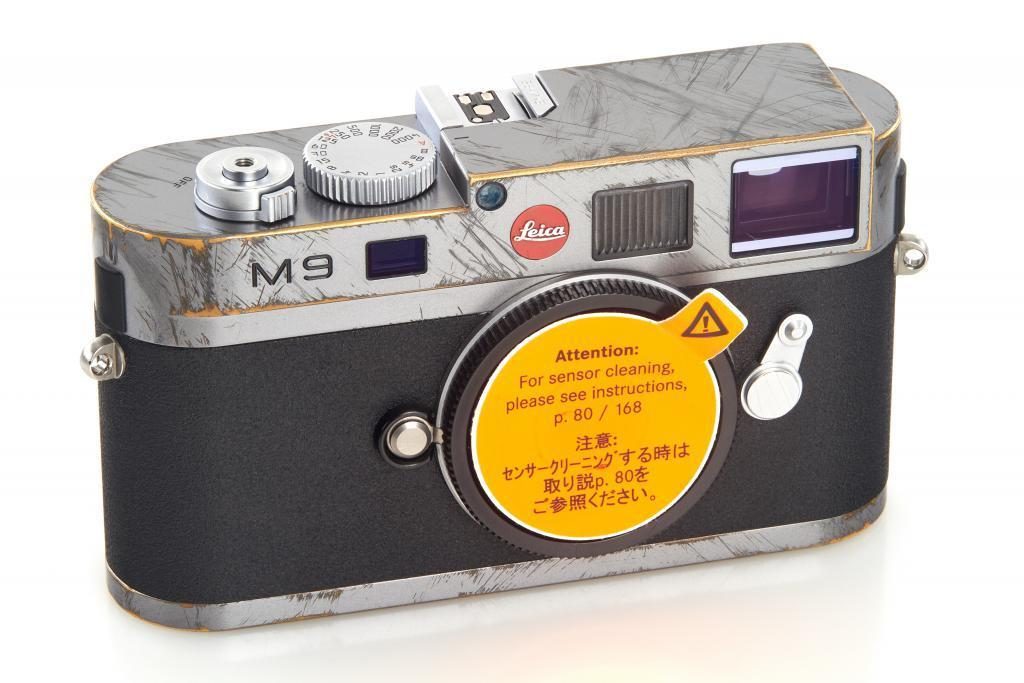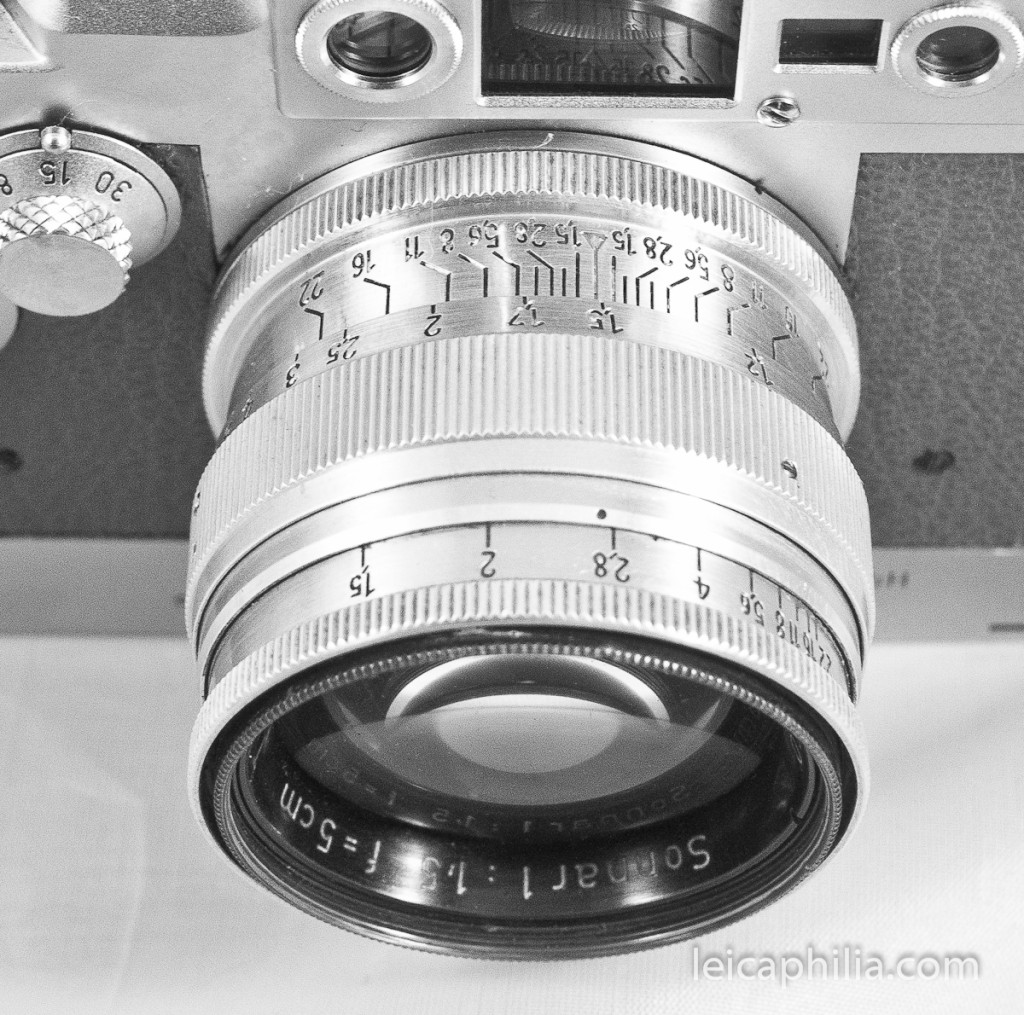We are obsessed with sensor megapixel counts. The Leica M series has steadily progressed from a 10 mg M8 to the current 60 mg M11. I’m here to convince you that, while it sounds like a quantum leap in one’s ability to shoot and print larger files, it really isn’t that big of a deal in the real world, more of an artificial tech race to sell newer and newer cameras. Of course, sensor technology has also come a long way, certainly with higher sensitivity, but the megapixel race is essentially irrelevant after about 10 mgs. A modest 10 mg M8 is capable of making stunning enlargements of almost unlimited size (with a few caveats discussed herein). Oh, and by the way, the M8, with its increased IR sensitivity, makes a killer B&W camera.
A 60 meg image from an M11 can be printed bigger than one from an M8. We all know that. What most of us don’t realize on how many variables that truism depends, and the surprisingly small sensor strength you actually need to produce acceptably viewed prints. Maximum print size is subjective, depending upon your viewing distance and acuity standards.
Rule #1: research has shown that viewers usually view normal sized photos about 15 inches away from the photo. This means that if your photo looks sharp when viewed at 15 inches or more, you’re good.
Rule #2: 240 ppi prints look sharp when viewed at a distance equal to the print’s longer dimension. This means that the scanned 6 mg prints I’m currently printing for exhibition will look just fine at a viewing distance of 1 foot (12 inches) because a 6 mg sensor can print an 8×12 print at 240 ppi and 12 inches is closer than people usually look at prints. That’s not bad. Now if I blow that same scan up to 16×20, given the 15 inch viewing standard, the print isn’t going to be acceptable.
But, as prints get bigger people naturally stand further away to view them. This means my 16×20 6 mg print can look just fine if the viewer steps back just a bit from 15 inches, which is probable given the larger print she has to take in. As for big prints, extrapolate this all out (see below) and in reality, this means that a 20×30 print from the 10 mg sensor of the M8 looks acceptably sharp when viewed from 32 inches or 2.67 feet. (Who views a print that large from 15 inches? No one.). 24 mg sensors like that in the Leica M240 can make 30 inch prints viewable from as little as 18 inches away. Put on your thinking cap and let’s parse that out for how we get there and its real world implications. There’s also a third rule we need to take into account.

*************
Rule #3: you can produce an unlimited maximum print size when that print is viewed from about twice the print’s longer dimension or further. This is because it all depends where you stand, and, of course, viewers stand further away the larger the size of the print. Above is an extremely modest 3 meg sensor Canon EOS-1D circa 2001, (with a smaller sensor than Leica’s first digital camera, the 4 mg Digilux). Print an image at the EOS-1D’s native resolution which gives a print 8 inches wide (at 250 pixels per inch, or PPI) and hold it 16 inches away; you’ll have and acceptable looking print from that distance that’s indistinguishable from the same size print from a 60mg M11. Next print the same 3 mg image at 16×20. That 16×20 print will need to be viewed from at least 40 inches or more (3.35 feet) from the viewer in order to look as sharp as the same size from the M11. If both 3 mg Canon prints have the same viewing angle relative to your eye, they will look equally sharp at those respective viewing distances (1.3 ft and 3.3 ft), despite the huge difference in print size (20 versus 8 inches). Of course that ration theoretically applies as the print gets bigger, but people don’t view really large prints from close up, so as a practical matter a 40×60 print from that Canon, given how far back people are going to stand to take it in, is going to be acceptable at most people’s natural viewing distance based on the size of the print.
*************

Most prints are viewed at a distance of at least 15 inches. A 240 PPI print from a 6 mg sensor can look sharp when viewed at 12 inches or greater, so printing basically any current sensor’s native pixels at 240 Pixels Per Inch (PPI) appears sufficiently sharp for most people.
A Formula for maximum print size when viewed as close as 15 inches: Maximum print size = longest dimension in native pixels divided by optimal 240 PPI. A 24 meg M240 captures 6000 x 4000 pixels. Take the longer dimension of 6000 pixels and divide by the optimal 240 PPI, which equals a 25 inch print, which will look sharp when viewed at about 15 inches. Maximum print size and minimum viewing distance have a linear relationship: for example, doubling the observers’ minimum viewing distance to 30 inches lets you print the longer dimension up to 50 inches for a 24 MP M240.
Likewise a 10 mg Leica M8 captures 3872 x 2592 pixel. Take the longer dimension of 3872 pixels and divide by the optimal 240 PPI, which equals a 16 inch print, which should look sharp when viewed at about 15 inches or further from your eyes. Enlarging this image by doubling its long side to 32 inches will look sharp when viewed at least twice as far away (30 inches or 2.5 feet from your eye which seems reasonable given the size of the print). Tripling the long side to a 48 inch print should be viewed at least 3 times as far away (45 inches or 3.67 feet), which again seems reasonable given the size of the print).
The bottom line: unless you’re printing really big prints to be viewed at very close distances, sensor resolution doesn’t much matter.
*************
Editor’s Note: Credit where credit is due. I learned much of this from this excellent, but overwritten article.
Views: 1346








